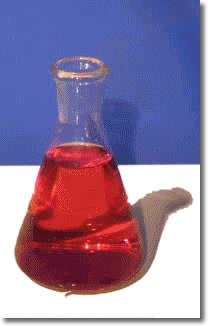The Concept of Equilibrium |
|
|
|
Lesson |
Topics |
1 |
Introduction to Chemical Equilibrium |
2 |
The Equilibrium Constant |
3 |
Le Châtelier's Principle3.1 Le Châtelier's Principle |
4 |
Equilibrium & Spontaneity |
